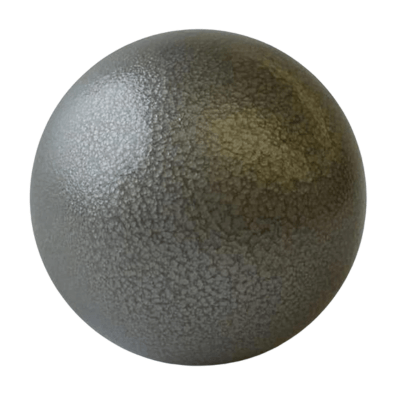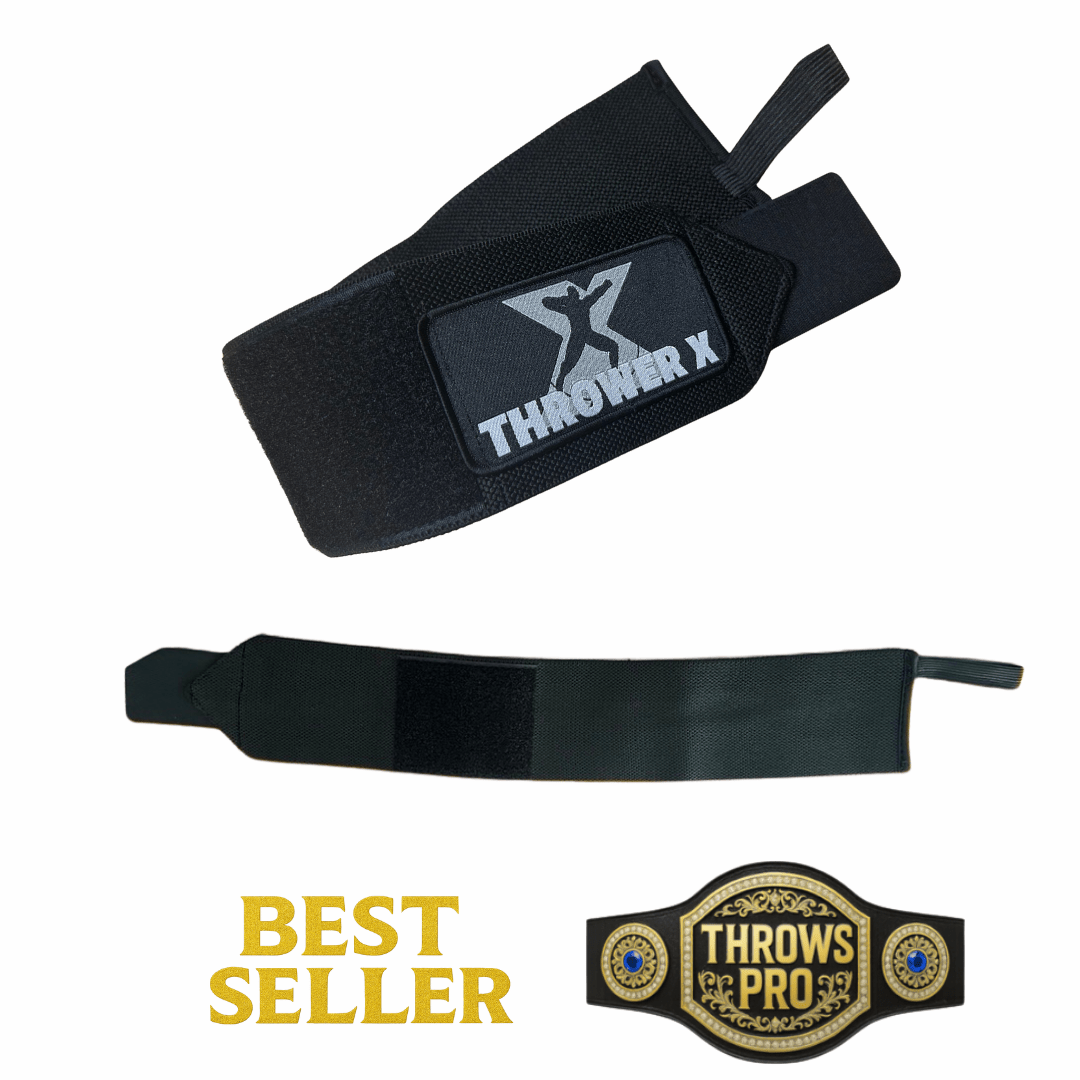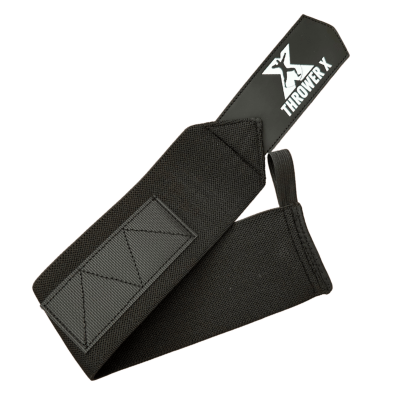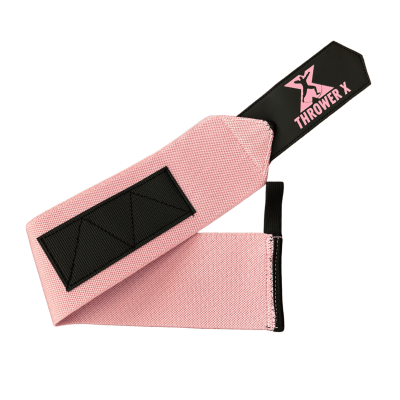Throwing Rules: Shot Put Discus Throw Javelin Throw Hammer Throw
THROWING RULES
Throwing Areas
Most high quality venues have ½” to ¾” sunken concrete circles that are smooth with enough friction that allows the thrower to stay on balance while executing the technical movement with optimal speed. Some facilities use a painted circle without a metal rim, which is not ideal for competition because athletes can accidentally place their feet on the painted area during an attempt.
The throwing area for the shot put includes a throwing circle with a raised edge and toeboard. The inside diameter of the throwing circle is 2.135m (7’). The toeboard should be painted white and made of wood or other suitable material that follows the inside arc of the circle.
The discus circle is 2.50m or 8’2.5” with the circle flush to the ground or with a raised edge. The discus is thrown from a protective cage and must conform with the regulations established by the governing body.
Sectors
Shot Put, Discus and Hammer: International = 34.92 degrees Shot Put, Discus and Hammer: United States = 40 degrees
Sector Distance Lines
It is recommended that distance lines within the sector are used all levels of competition.
|
Event |
US High School |
College/International |
|
Shot Put |
30’ 40’ 50’ 60’ |
12m 15m 18m 21m |
|
Discus Throw |
100’ 125’ 150’ 175’ 200’ |
40m 45m 50m 55m 60m |
Competition Procedures
The thrower can enter the circle from anywhere; before the trial starts, the thrower must pause and start the attempt from a stationary position. The thrower cannot leave the circle or runway before the implement has landed.
The thrower must exit through the rear half of the circle after the implement has landed. The first contact with the top of the rim or the ground outside the circle is considered exiting. The implement must land within the designated sector; if it lands on the sector line, it is considered a foul or failed attempt.
Throws are measured from the front edge of the circle, toeboard, or foul line, closest to the landing point of the implement.
Tape and Substances
Throwers are not allowed to tape two or more fingers together. If the tape is connected between the hand and fingers, it must be continuous, and each finger must move independently. Athletes should show the tape on their hands and fingers to the head official before the event.
Throwers can use substances on their hands or neck to better grip the implement; the substance needs to be easily removed with a wet cloth and not leave a residue on the implement. Throwers often use chalk to better grip the shot or discus. It is not recommended to use chalk during wet conditions.
Attempts
Each thrower is allowed three preliminary attempts with a predetermined number of competitors; typically, the top 8 to 9 performers receive three more attempts in reverse order, with the best thrower from the prelims competing last.
If an equal number or fewer than the number of throwers that are predetermined to compete in the finals, then it is not required to have a fair attempt in the preliminary rounds.
The thrower’s best mark of the competition determines the place; if there is a tie, the second best throw is the tie-breaking performance.
Recommended Competition Procedures
Officials use the calls ‘up’ when it is the current athletes turn, ‘on deck’ for the next thrower in order and ‘on hold’ for the competitor that has two throwers competing before their attempt. The thrower will get 60 seconds to start an attempt after their name is called ‘up’. An official will raise a yellow flag with 15 seconds remaining to start the attempt.
During the competition, the only athletes allowed with an implement in-hand are either called 'up' or 'on deck' during competition by the officials.
If there are more than 15 competitors, it is recommended to break the throwers up into flights, with the top 8-9 seed marks competing in the last flight.
Throwers should remain in the competition area but can be escorted to their coach or to go to the bathroom.
Most federations allow athletes to watch video during the competition.
Personal implements may or may not be used in major competitions depending on the federation or meet. If personal implements are used, the implements may become available for all throwers or remain the exclusive use of the implement’s owner.
Recommended Warm Up Procedures
If there are fewer than 9 throwers, a 15 minute warm up period is recommended. 10 or more throwers in a flight require 20-30 minutes. A warm up period after the preliminary round is not recommended unless an athlete that was not in the last flight made the final. Officials should keep the warm up period between the trials and finals to 1-2 throws per athlete.
Some competitions have a general warm up period, but this is not necessary in most cases.
It is permissible to imitate the throwing motion without an implement outside the cage or throwing area, the thrower should be a safe distance away from other competitors during technical movements without an implement.
Shot Put Unique Rules
The shot is put from the shoulder with one hand only, the shot needs to stay above the shoulder during the throwing movement. The cartwheeling technique is not allowed.
Implements
USATF Implements
|
Ages |
Shot Put |
Discus |
|
< 8 |
2k |
x |
|
9-10 |
6 pounds |
x |
|
11-12 |
6 pounds |
1 kilo |
|
13-14 |
Boys 4k Girls 6 pounds |
Boys 1 kilo Girls 1 kilo |
|
15-16 US High School |
Boys 12 pounds Girls 4k |
Boys 1.6k Girls 1k |
|
17-18 US High School |
Boys 12 pounds Girls 4k |
Boys 1.6k Girls 1k |
World Athletics Implements
|
Ages |
Shot Put |
Discus |
|
Under 18 |
Men 5k Women 3k |
Men 1.5k Women 1k |
|
Under 20 |
Men 6k Women 4k |
Men 1.75k Women 1k |
|
Senior |
Men 7.26k Women 4k |
Men 2k Women 1k |
















